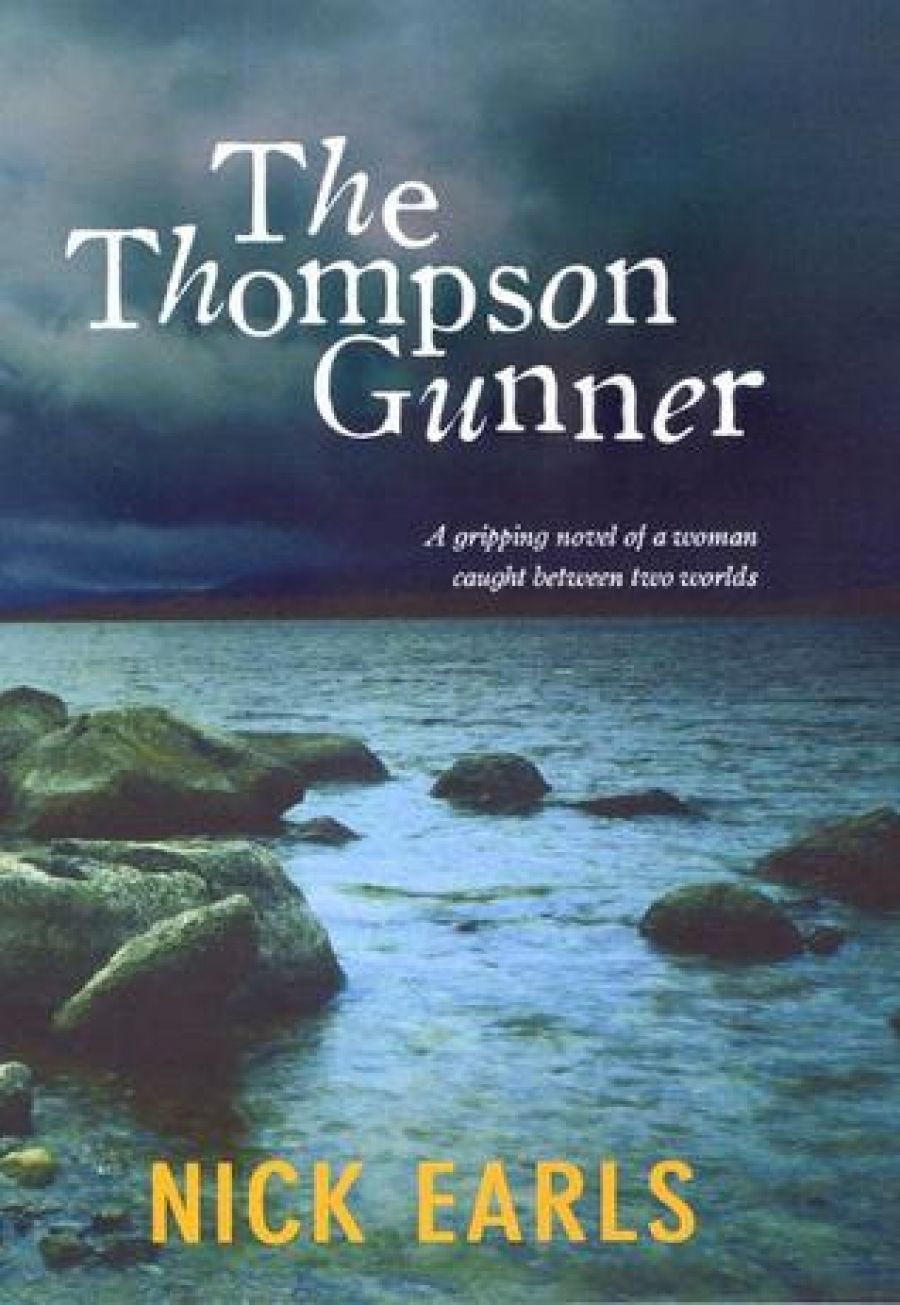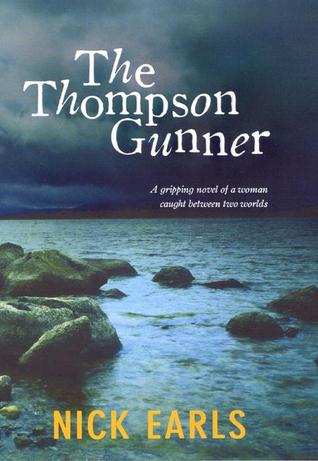
- Free Article: No
- Contents Category: Fiction
- Review Article: Yes
- Article Title: Something's Happened
- Online Only: No
- Custom Highlight Text:
After nine books, Nick Earls is renowned for his slacker-male novels and his short stories of twenty-somethings in various stage of arrested development. Like his English equivalent Nick Homby, Earls specialises in a particular emotional state of the male psyche: a post-adolescent, pre-adult period usually spent chasing unobtainable women, getting drunk on green alcoholic beverages and behaving badly in amusing ways. Written with self-deprecating wit and dollops of humour, Earls’s previous books are the equivalent of a fizzy soft drink, easily ingested and with a sugary residue.
- Book 1 Title: The Thompson Gunner
- Book 1 Biblio: Viking, $29.95 hb, 290 pp
- Book 1 Cover Small (400 x 600):

- Book 1 Cover (800 x 1200):

A cursory glance at the cover of Earls’s latest effort, The Thompson Gunner, raises immediate suspicions that he has changed direction, so much so that I had to check the dust jacket to confirm that it was the same Brisbane-based author. While his past paperback books have bright cover designs, this one features a threatening sky and a forlorn seascape with jagged rocks in the foreground. Its hardback format also suggests more heavyweight content. Indeed, The Thompson Gunner is uncharacteristic of anything Earls has written before. This time his protagonist is not a gormless ‘adultescent’ but a middle-aged woman named Meg Riddoch. Meg is an Australian comedian whose professional career has reached the stage where her relationship woes make it into the glossy magazines as a double-page spread; she’s invited to be part of a celebrity canoeing team alongside fey designer boys; and she’s overly familiar with the canapé diet: ‘You know you’re famous when you never have to deal with food bigger than your own hand.’ Little wonder her nickname is ‘Mega’.
While in the midst of negotiating time zones and incorporating hotel jokes into her routine during an international tour, Meg is plagued by a recurring dream about being chased by hooded men with guns. There is also the small matter of the fragments of glass in her hand, flecks of bitumen embedded in her skin and a minor hearing impairment – not to mention her ‘accidental’ whacking of someone on the head during a friendly game of paintball. Obviously, all is not well beneath the bright lights and painted smiles. Although Meg continues to deflect and obfuscate when asked about her background, we soon learn of her North Ireland heritage and of her migration to Australia aged eight in 1972. Little by little, the long-repressed memory of her time in Belfast resurfaces. The narrative shifts between time and place; between Meg’s demanding schedule with perky publicists and her tomboy childhood, wherein an early familiarity with firearms and roadblocks offers prescient warnings of coming events. Earls does not offer any historical or contemporary analysis of the conflict in Northern Ireland; his account is seen through the eyes of a confused child who is unable to see the enormity of the situation in which she has unwittingly become embroiled. Earls himself migrated to Australia from Northern Ireland as a child, so it is probably safe to say that autobiographical elements have been incorporated into the book.
The Thompson Gunner is a short novel; although Earls follows his protagonist around the performance circuit, dutifully capturing the life of the travelling comedian with its flurry of plane trips, cab rides, updated itineraries and endless rounds of air-kissing, schmoozing, not enough time is devoted to Meg’s childhood. There are tantalising snippets, but these are kaleidoscopic in shape and subject to the vagaries of memory: ‘Block and blocked and added to and compressed by layers of news stories and pictures, clouded by being over-remembered and by being buried, and by surfacing patchworked in my sleep. I can make no inventory of the facts, just the lingering signs that something happened, some time.’ The shocking dénouement not only strains credulity but comes at a rush, leaving large patches of unexplored territory and unanswered questions.
Despite Meg’s occupation and Earls’s reputation, The Thompson Gunner is not a rib-tickling novel. The first-person narrative is stripped of any literary flourishes and is composed of blunt, matter-of-fact sentences. Meg’s humour is a wry, understated one, relying in part on the ‘out-of-towner-from-the-subtropics’ shtick and a lampooning of the celebrity cult.
Departing from the genre of work that you’re best known for is an audacious, but risky venture. A commitment to producing the same type of material may provoke an accusation of laziness and of having little imagination; of presenting cookie-cutter characters and situations. However, trying something completely different is also dangerous; not only might it fail, but there is a risk of alienating your readers. In The Thompson Gunner, Earls has traded his endearing male template for a tougher, grittier character, and has allowed blood and bile to seep through the pages. The result is uneven and unsettling, but this may have more to do with the reader’s thwarted expectations of another breezy effort than with the author’s ability to effect a successful transition from comedy to drama. Earles writing a serious novel is in itself a novelty, but he seems unsure of his voice. This new direction may take some time to settle and mature.


Comments powered by CComment